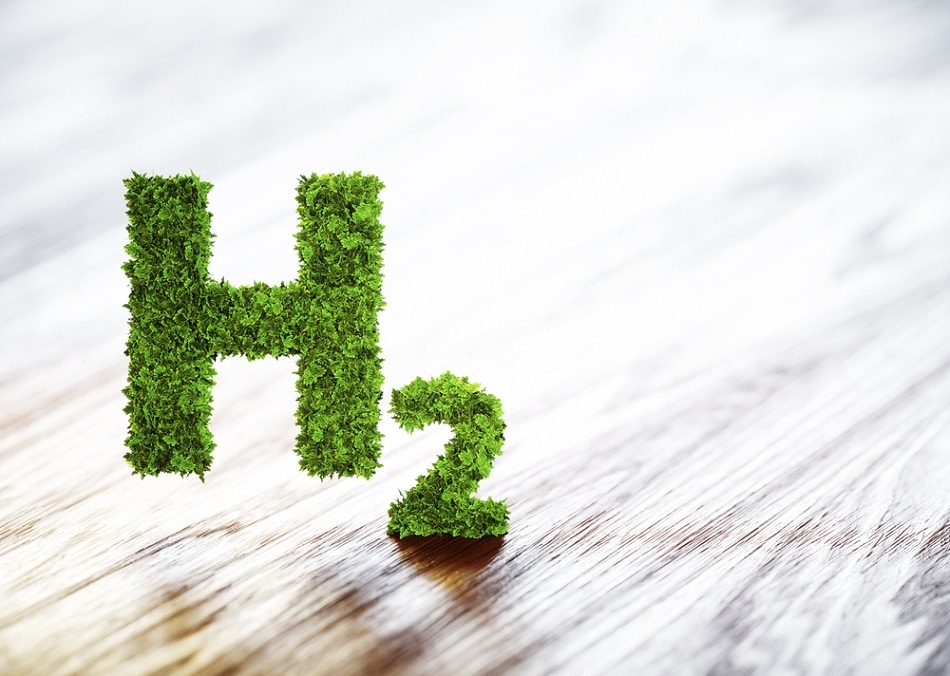Oct 25 2017
HyperSolar, the developer of an innovative technology to create renewable hydrogen using sunlight and any source of water, recently announced it has successfully developed a vital component made of earth-abundant material which will lower the overall cost of its process to produce renewable hydrogen.
 petrmalinak/ Shutterstock.com
petrmalinak/ Shutterstock.com
HyperSolar’s research team at the University of Iowa reported their results in Advanced Science, a peer-reviewed scientific journal that details news and discoveries within scientific disciplines including materials science, healthcare, sustainability, energy, nanotechnology, and electronics. The published paper covers the scientific team’s fruitful solar hydrogen production using an earth-abundant hydrogen-producing photoactive electrode, made chiefly of sulfur and tin.
To advance development of solar hydrogen production units, economical light absorber materials that can be mass-produced using scalable processes, are needed. The published research, led by Prof. Syed Mubeen, formulated novel device design strategies to synthesize and stabilize SnS based semiconductors for hydrogen making.
These solar hydrogen production units were fabricated using scalable solution-phase chemical synthesis techniques and produced hydrogen in acidic media, with champion devices creating photocurrents with incident photon-to-current efficiency of 12.7%.
“This development, as reviewed by our peers within the scientific community, reinforces the importance of identifying innovative materials that are both cost effective and more efficient than traditionally used semiconductors, as we continue to drive down the cost of individual components within our completely renewable hydrogen generation process, the entire system becomes capable of producing cheaper hydrogen, and thus, more commercially viable.”
Dr. Syed Mubeen, chief investigator of HyperSolar’s research team at the University of Iowa.
“We are very pleased to see the strong work performed by our research team at the University of Iowa, as these developments using earth-abundant materials continue to drive down the cost of photoelectrodes for hydrogen production,” said Tim Young, CEO of HyperSolar. “With its process and routes to commercialization clearly defined, HyperSolar is laser-focused on identifying each component of the device that we believe will benefit from innovation, thus further reducing cost and increasing efficiency of the technology as a whole. The hydrogen generator must become more economically viable to reach commercialization, and we are confident in the long-term impact created by the collection of these technological milestones.”
While hydrogen continues to to be used as a solution for several technologies within a number of industries, the huge majority is manufactured via steam reformed natural gas which, while a lot cleaner than coal, is still a fossil fuel.
The demand for hydrogen for fuel cell applications continues to grow, a trend that is projected to continue, as revealed by latest announcements from automotive maker Toyota introducing new concepts, and General Motors and the U.S. Army partnering on development of Army trucks. Furthermore, according to new market research reports, the increasing awareness about the advantages of fuel cells and depletion of fossil fuels is projected to surge the demand for fuel cells in the coming years, resulting in approximately 45% market expansion by 2022.